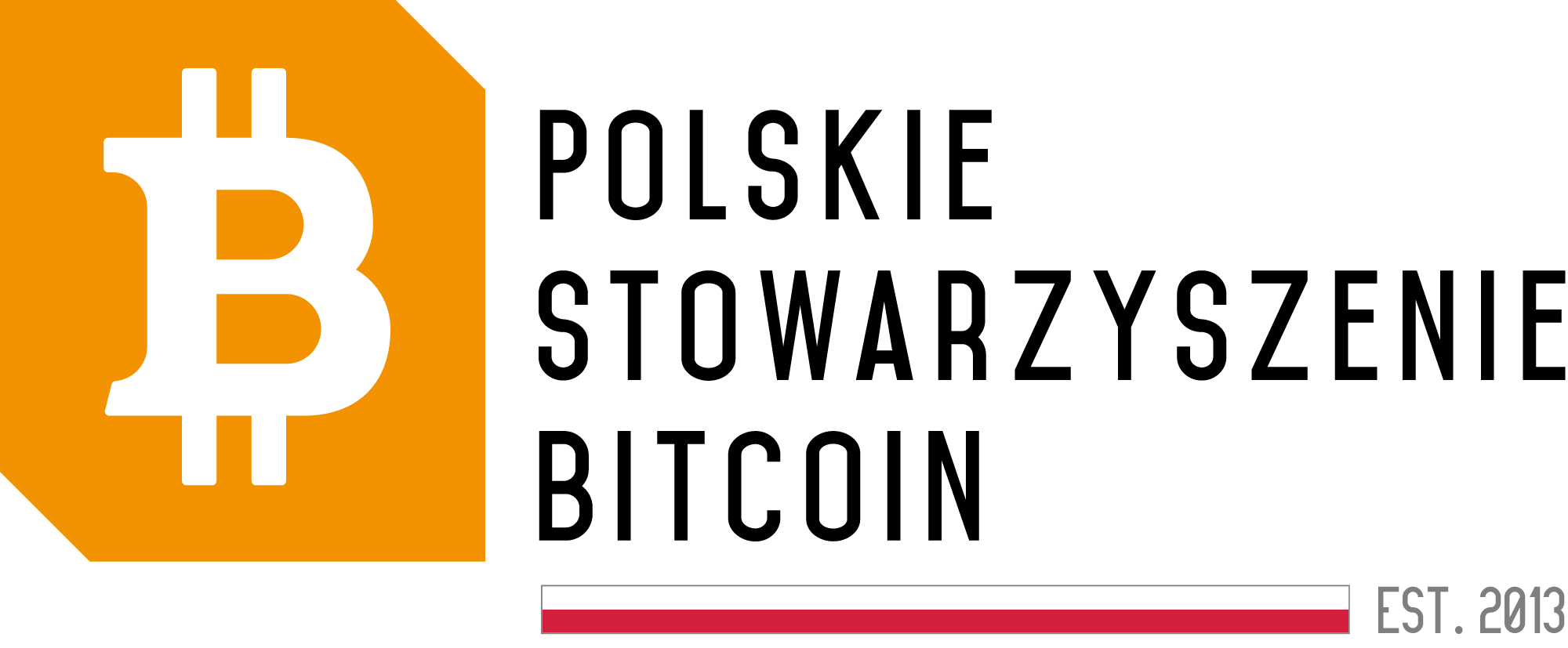The Fourth Bitcoin Halving in History: What Does It Mean for the Blockchain?
On April 10, 2024, the fourth Halving in the history of the world’s most popular cryptocurrency, Bitcoin (BTC), took place. This event holds immense significance for the blockchain ecosystem, impacting not only mining rewards but also the entire dynamics of the cryptocurrency market.
What Is Halving and How Does It Affect Bitcoin?
Halving is the process by which the reward for mining a new block in the Bitcoin blockchain is drastically reduced. In practice, this means that every 4 years, the value of the block reward for miners is halved, aiming to control the supply and inflation of Bitcoin. It also results in increased scarcity of new coins entering circulation.
The Impact of Halving on Miners and the Cryptocurrency Ecosystem
The reduction of the block reward has profound implications for miners, who must adjust their strategies and costs to changing market conditions. Simultaneously, the entire cryptocurrency ecosystem reacts to Halving with attention and often anticipation, potentially influencing prices, transaction fees, and the overall market dynamics.
The Last Bitcoin Halving
The last Bitcoin Halving occurred at 00:09 UTC on Saturday, April 20, 2024. Despite Bitcoin’s price remaining relatively stable above $63,000, the increase in transaction fees drew the blockchain community’s attention. The new protocol, Runes, enabling the creation of digital tokens directly on the blockchain, contributed to the rise in transaction fees.
Record Events Post-Halving
During the halving block (Block 840,000), a record high transaction fee of 37.6 BTC, equivalent to over $2.4 million, was recorded. Bitcoin miners earned $78.3 million in transaction fees in the first 24 hours post-Halving, marking a record revenue for the industry.
Following Halving, the hash price dropped to around $60/ph, while transaction fees increased to approximately $128/ph, signifying a sevenfold increase compared to the period before Halving.
Challenges for Miners Post-Halving
A drop in the price of Bitcoin below $60,000 could lead to the shutting down of inefficient cryptocurrency mining rigs in China. Nevertheless, the global Bitcoin hash rate remained high, reaching 801 EH/s post-Halving, contrary to forecasts of a 20% decline.
Summary
The next Bitcoin mining difficulty adjustment is scheduled for May 8, 2024. Following the recent approval of 11 Bitcoin ETF applications by the SEC and Hong Kong’s approval of 3 Bitcoin ETFs on Ethereum, resulting in $123.61 million in assets, the landscape is evolving rapidly.
With a 10% drop in the price of Bitcoin to $57,000, miners are faced with the challenge of reducing mining difficulty and adapting to new, record-high hash prices.






